React and React Native. Build cross-platform JavaScript applications with native power for the web, desktop, and mobile - Fourth Edition Adam Boduch, Roy Derks, Mikhail Sakhniuk
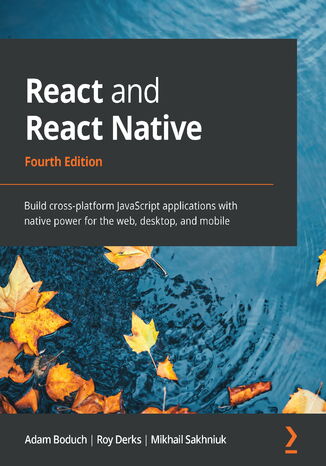



- Autorzy:
- Adam Boduch, Roy Derks, Mikhail Sakhniuk
- Serie wydawnicze:
- Learning
- Wydawnictwo:
- Packt Publishing
- Ocena:
- Stron:
- 606
- Dostępne formaty:
-
PDFePub
Opis
książki
:
React and React Native. Build cross-platform JavaScript applications with native power for the web, desktop, and mobile - Fourth Edition
From the basics of React to popular components such as Hooks, GraphQL, and NativeBase, this definitive guide will help you become a professional React developer in a step-by-step manner. You'll begin by learning about the essential building blocks of React components. As you advance through the chapters, you'll work with higher-level functionalities in application development and then put your knowledge to work by developing user interface components for the web and native platforms. In the concluding chapters, you'll learn how to bring your application together with robust data architecture.
By the end of this book, you'll be able to build React applications for the web and React Native applications for multiple mobile platforms.
Wybrane bestsellery
Adam Boduch, Roy Derks, Mikhail Sakhniuk - pozostałe książki
Zobacz pozostałe książki z serii Learning
Packt Publishing - inne książki
Dzięki opcji "Druk na żądanie" do sprzedaży wracają tytuły Grupy Helion, które cieszyły sie dużym zainteresowaniem, a których nakład został wyprzedany.
Dla naszych Czytelników wydrukowaliśmy dodatkową pulę egzemplarzy w technice druku cyfrowego.
Co powinieneś wiedzieć o usłudze "Druk na żądanie":
- usługa obejmuje tylko widoczną poniżej listę tytułów, którą na bieżąco aktualizujemy;
- cena książki może być wyższa od początkowej ceny detalicznej, co jest spowodowane kosztami druku cyfrowego (wyższymi niż koszty tradycyjnego druku offsetowego). Obowiązująca cena jest zawsze podawana na stronie WWW książki;
- zawartość książki wraz z dodatkami (płyta CD, DVD) odpowiada jej pierwotnemu wydaniu i jest w pełni komplementarna;
- usługa nie obejmuje książek w kolorze.
Masz pytanie o konkretny tytuł? Napisz do nas: sklep@helion.pl
Książka drukowana



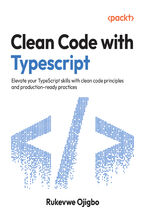

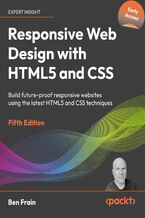
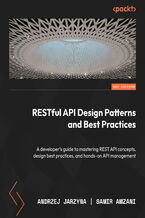


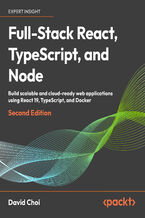
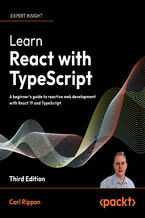




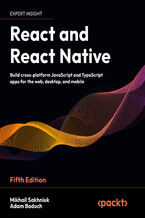


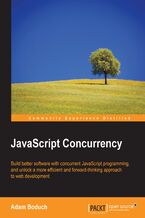
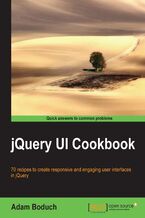



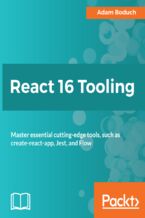





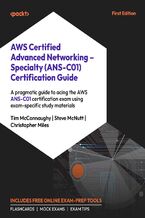










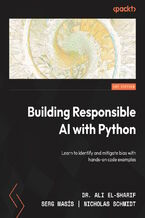
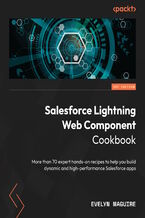






Oceny i opinie klientów: React and React Native. Build cross-platform JavaScript applications with native power for the web, desktop, and mobile - Fourth Edition Adam Boduch, Roy Derks, Mikhail Sakhniuk
(0)